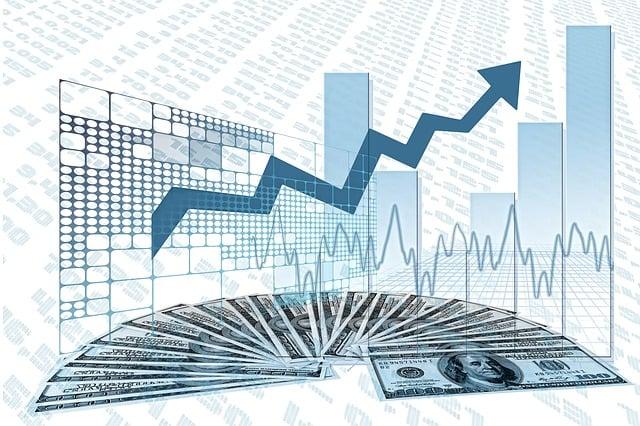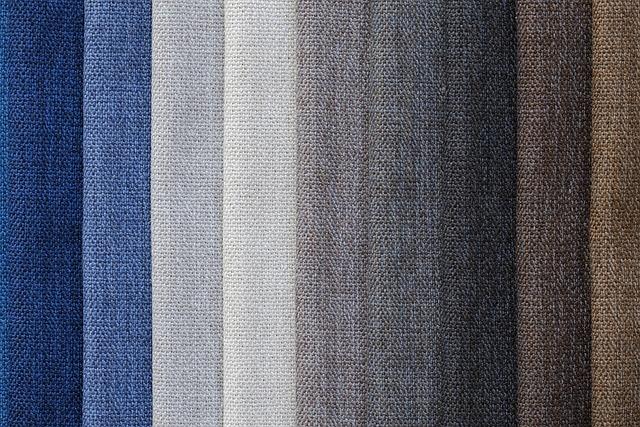- Introduction
- Understanding Color Formats
- Importance of Conversion Tools
- Conversion Methods
- Benefits of Conversion Tools
- Conclusion
- FAQs
Introduction
Colors play a significant role in our daily lives, influencing our decisions, emotions, and perceptions. In the digital world, understanding different color formats is crucial for creating visually appealing designs across various platforms. Two common color formats used in digital design are Hex and RGB. This article aims to delve into the differences between Hex and RGB, the importance of conversion tools, different conversion methods, benefits of using these tools, and provide a comprehensive guide for designers and developers.
Understanding Color Formats
Hexadecimal (Hex) and Red, Green, Blue (RGB) are color coding systems used to define colors on digital platforms. Hex codes consist of a # symbol followed by a combination of six alphanumeric characters (0-9, A-F), representing specific colors. On the other hand, RGB values involve three numbers ranging from 0 to 255 to define the intensity of red, green, and blue in a color.

(Image: Pixabay/@Albert-Paul)
While RGB is primarily used in screen displays and digital processing, Hex codes are commonly employed in web design to ensure consistency in color representation across browsers and devices. Understanding the differences between these formats is essential for accurate color reproduction and visualization in digital projects.
Importance of Conversion Tools
Conversion tools are indispensable for designers and developers working with color formats like Hex and RGB. These tools enable seamless translation of colors from one format to another, ensuring consistency and accuracy in color depiction across various mediums. Whether converting RGB values to Hex codes for web development or vice versa for graphic design, conversion tools streamline the process, saving time and effort.

(Image: Pixabay/@OpenClipart-Vectors)
By utilizing conversion tools, professionals can easily switch between color formats based on project requirements and preferences. These tools simplify the color transformation process and prevent discrepancies that may occur when manually converting colors, enhancing workflow efficiency and overall design quality.
Conversion Methods
There are multiple methods available for converting colors between Hex and RGB formats. Designers can opt for online conversion tools, software plugins, or even code snippets within design applications to facilitate the transformation process. Online converters offer a user-friendly interface for quick color conversions, while plugins and code libraries provide in-depth customization and integration options.

(Image: Pixabay/@geralt)
Having access to diverse conversion methods empowers designers to choose the most convenient and effective approach based on their expertise and project requirements. Experimenting with different tools and techniques can enhance proficiency in color management and improve the final output of design projects.
Benefits of Conversion Tools
The use of conversion tools in color workflows offers several advantages to designers and developers. These tools enhance precision and accuracy in color matching, ensuring consistent visual elements throughout a project. Additionally, by automating the conversion process, designers can focus more on creative aspects of design rather than manual color adjustments.

(Image: Pixabay/@geralt)
Moreover, conversion tools promote collaboration and compatibility in multiplatform projects by simplifying color sharing and adaptation across different design environments. By leveraging these tools effectively, professionals can elevate the quality and efficiency of their design work, ultimately delivering enhanced user experiences.
Conclusion
In conclusion, understanding color formats like Hex and RGB is fundamental for successful digital design projects. By grasping the distinctions between these formats, utilizing conversion tools effectively, and embracing diverse conversion methods, designers and developers can elevate their color management skills and produce visually captivating designs with ease. The seamless integration of color conversion tools not only enhances workflow efficiency but also contributes to consistent and harmonious color representation across digital platforms.
FAQs
What are Hex and RGB color formats?
Hexadecimal (Hex) and Red, Green, Blue (RGB) are color coding systems used to define colors on digital platforms. Hex codes comprise six alphanumeric characters preceded by a # symbol, while RGB values consist of three numbers representing the intensity of red, green, and blue in a color.
Why are conversion tools important for designers?
Conversion tools are essential for seamless translation of colors between different formats, such as Hex and RGB. These tools ensure consistency and accuracy in color depiction across various mediums, streamlining the color transformation process for designers and developers.
How do conversion tools benefit design workflows?
Conversion tools enhance precision and efficiency in color matching, automate the conversion process, promote collaboration in multiplatform projects, and contribute to consistent visual elements across designs. By leveraging conversion tools effectively, professionals can elevate the quality and efficiency of their design work.
